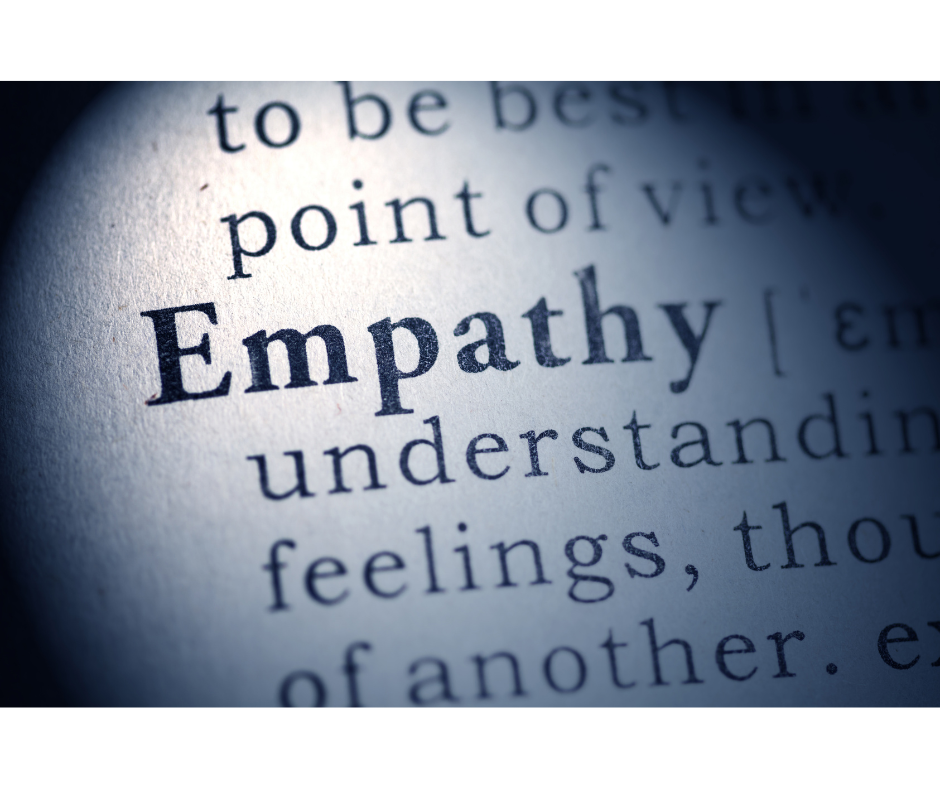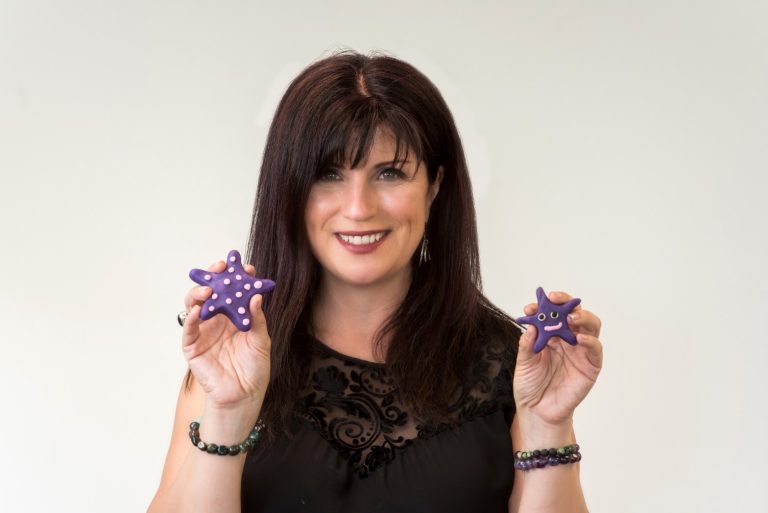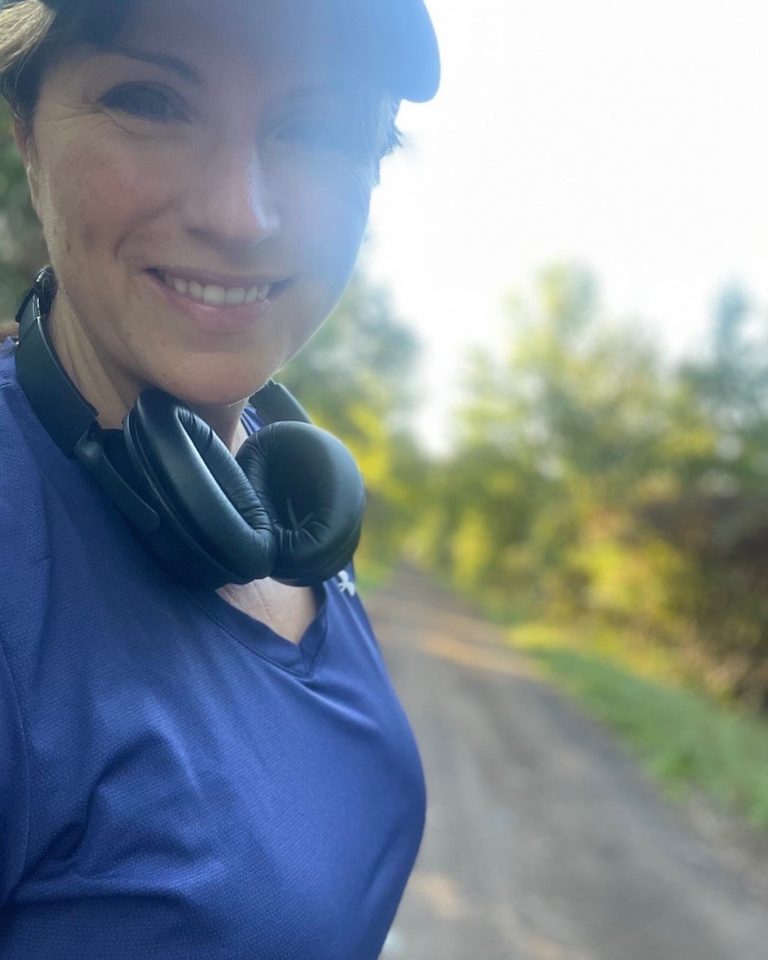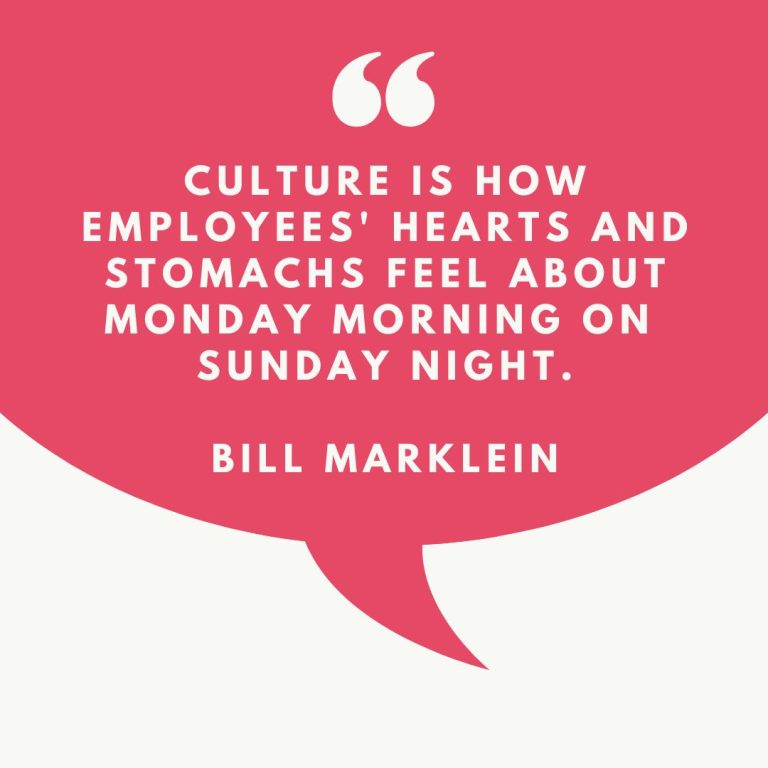Building Empathy through Understanding: The Importance of Connection in the Workplace
The Context
In the first year of the COVID-19 pandemic the global prevalence of anxiety and depression increased by 25% according to a recent press release from The World Health Organization (WHO).
A year later with the world opening up, life is returning to normal. We should be grateful, shouldn’t we? That things are getting back to normal?
The truth is, there is nothing is normal about our new normal at all. And this has led to a whole new type of malaise in the workforce.
What’s wrong with me? Why can’t I snap out of it?
People feel that they should be feeling better. But they are not. And because they are not, this leads to more stress.
Defining the Problem
What is “normal” anymore?
Work culture is much different than it was just a couple years ago. We are still redefining teams and workspaces and what they look like now. Of the last 10 in-person workshops I’ve conducted, six were with teams that have not been all together in person even once in the last 2 years. Most are adjusting to hybrid work models, and all of the teams had at least one staff member meeting others for the first time. The turnover is astounding. The onboarding with so many vacancies on staff can be hit and miss.
Last week, in the first hour of a workshop, five of 25 staff voluntarily offered that they were dealing with anxiety and depression, right then and there. People are feeling the stress, but don’t always understand the root of it. That doesn’t stop people from needing to know and understand.
When we dig a little deeper into those conversations with teams, we find out that most people are exhausted from the change, or as they describe it “it’s not necessarily the change that bothers me anymore, it’s knowing that more change is coming but not knowing what that change is going to be or where it is taking us.”
What Do People Need the Most?
In a world where we have learned we can’t always tell what is coming next, there are a few things we can do to help build a solid ground under our employees and ensure they have the tools to weather teh storm.
Based on my experience over the past several months and best practice literature, this is what I’ve learned teams require most right now.
Acknowledgement of how people are feeling – Teams need a chance, a safe space, to discuss how they are feeling. In some cases, they want to acknowledge they are not at their best and apologize to their colleagues for having to pick up the slack. Other times they want to express pride for the team has been able to trudge through sometimes massive projects and initiatives despite the challenges. Others speak of the increased workload that comes from the fact so many positions are empty or have turned over quickly. Employees need space for conversations dedicated to the malaise and often abrupt change in culture. You can’t fix something if you don’t acknowledge the problem.
Understanding of the impacts of chronic stress on the brain – Many of us work in a space that allows us to have an understanding of mental health and wellness and the impacts of chronic stress on the brain. However, not everyone on every team has that basic, rudimentary knowledge.
I’ve found it helpful to remind people that what they have experienced is actually a normal response to abnormal circumstances. Whether they are sanitation experts, or CEOs, having a conversation about what’s actually happening in your brain and body can make a difference.
When you think about it, we started with acute stress that was experienced when the world shut down in March 2020. Stress was high, but acute stress is short term, and back then, that’s what we thought it was. But then we entered into this long-term chronic stress has never really let up. And people are still in it and that’s what they are experiencing now as brain fog, forgetfulness, and distraction.
 Another opportunity to build empathy arises when you can show people that they are not alone.
Another opportunity to build empathy arises when you can show people that they are not alone.
This TED TALK does about a good a job as any to help provide constructs and language to a lot of the symptoms of chronic stress, and some easy solutions to kick start yourself out of it.
A safe environment for conversations and setting boundaries – Not long into any conversation with any team it’s apparent that people WANT to be well and they want to contribute. But quite frankly, there is still a barrier of “how much do I share about my struggles at work and how much do I leave at the door?”
With many teams, this is the gist of it. These are the conversations we really need as we develop guidelines and boundaries around work, mental health, and redefine what it REALLY means to make wellness a priority at work. When handled the right way, these conversations can be healing and empowering.
According to the Canadian Mental Health Association, empathy is, “the capacity we share as human beings to step into each other’s shoes. To understand where they’re coming from and what they’re feeling. To listen hard and to refuse to judge. It’s also one way to reduce and resolve conflict.”
Fostering empathy through conversation and promoting awareness of the impacts of stress on the brain is an important step in dealing with massive corporate burnout taking place across the world
But more on that that tomorrow.
Until the next time!
Be well,
Theresa Bailey, MA

Theresa Bailey holds a Masters in Community Psychology, is a Life Coach and Life-Well Work-Well Certified Resilience Practitioner, and holds the exclusive North American license to provide PLAY-DOH POWER SOLUTIONS corporate training.








